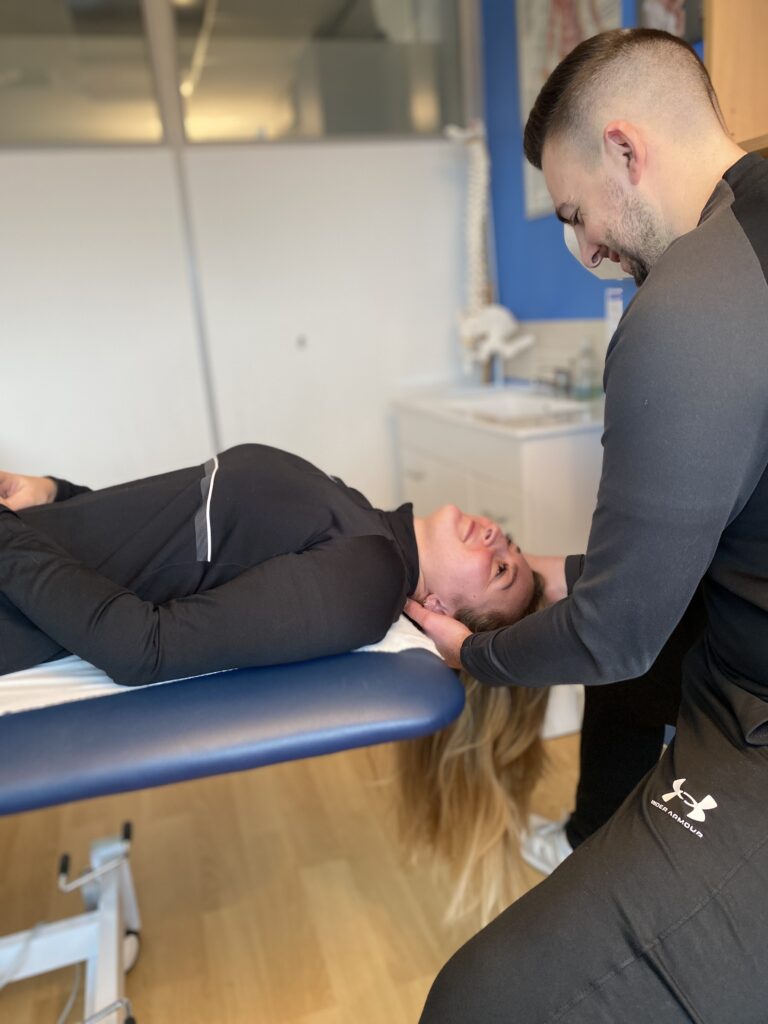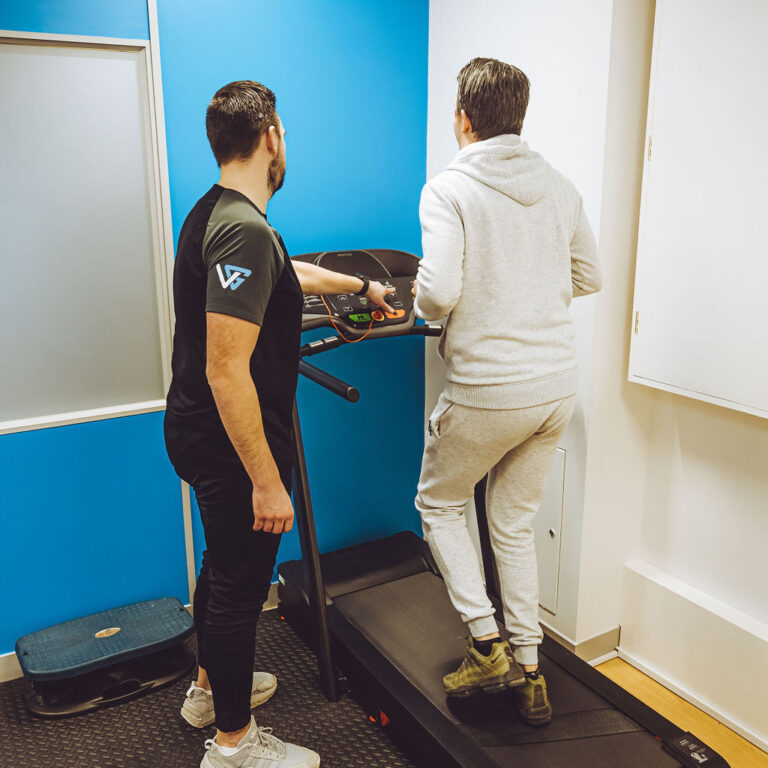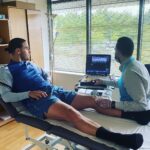Vertigo, or dizziness, is another condition that, like headache and migraine, is a complex condition that has not always been simple to treat. There are multiple systems within the body that form your sense of balance, and if one of those systems is not working correctly then dysfunction can occur. These systems are the vestibular system, your upper neck and your eyes.
The inner ear, otherwise known as the vestibular system is made up of complex canals that link with certain parts of brain that have crystals that move when you move your head. Any loss of function in these canals, either due to a “clogging up” of these crystals, infection or conditions such as Meniere’s disease, can cause vertigo, most commonly Benign Paroxysmal Positional Vertigo (BPPV).
The upper neck works in conjunction with your vestibular system and your eyes. Articulation of the joints at the top of the spine sends messages to the brain to form a picture of where your head is. A loss of function in this area, either due to complex neck issues or following a car accident can contribute to a loss of balance, known as cervicogenic dizziness.
Although there is often a specific cause for the onset of vertigo, it often requires re-educating each of these symptoms individually, as well as one big system together to restore the normal working of your balance as a whole. Treatment for this may include specialist vertigo procedures such the Epley’s or Semont manoeuvres or targeted treatment of your upper neck such as joint manual therapy and acupuncture. You will also be provided with specific exercises such as the Cooksey-Cawthorne exercises or neck and upper back mobility exercises, as well advice regarding factors that could perpetuate the dizziness cycle such as your working environment or sleeping positions and pillows.









